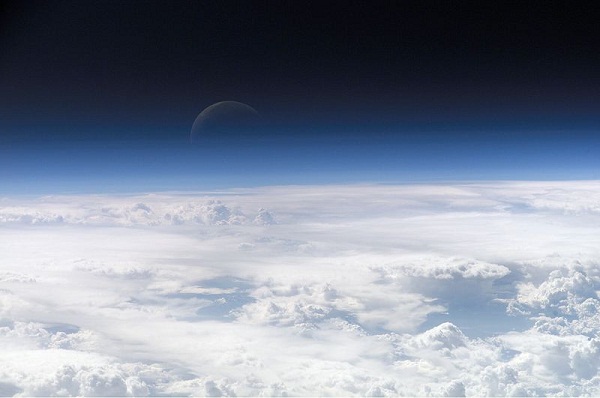Inglês/Português
<< ATM community | atmosphere | atmospheric absorption >>
Back to: "A"atmosphere
- Definição1
- (1) The mixture of gases and particles surrounding the earth where weather occurs. This body of air, which surrounds the earth (or for that matter any other celestial body), is defined at this outer limits by the actual presence of air particles. However, they are so few in numbers that collisions between them are so rare as to make force of gravity the only means of keeping them associated with air particles at lower altitudes. Atmosphere is divided into a number of layers, and temperatures within these layers follow a set pattern. These layers are the troposphere, stratosphere, mesosphere, and thermosphere. Another method of dividing the atmosphere is into lower and outer atmospheres. For aerodynamic calculations, norms set in international standard atmosphere are followed. (2) The unit of air pressure, based on the pressure exerted by the air on the surface of the earth (i.e., 1 atm (atmosphere) = 1.0333 kg/cm2/14.7 lb, or about 1,013,246 dyb/cm2.
- Fonte1
- KUMAR, Bharat (ed.). An illustrated dictionary of aviation. New York: McGraw-Hill, c2005. 752 p.
- Português
- atmosfera
- Imagem

Earth’s atmospheric gases scatter blue light more than other wavelengths, giving the Earth a blue halo when seen from space.
Fonte: http://en.wikipedia.org/wiki/File:Top_of_Atmosphere.jpg

